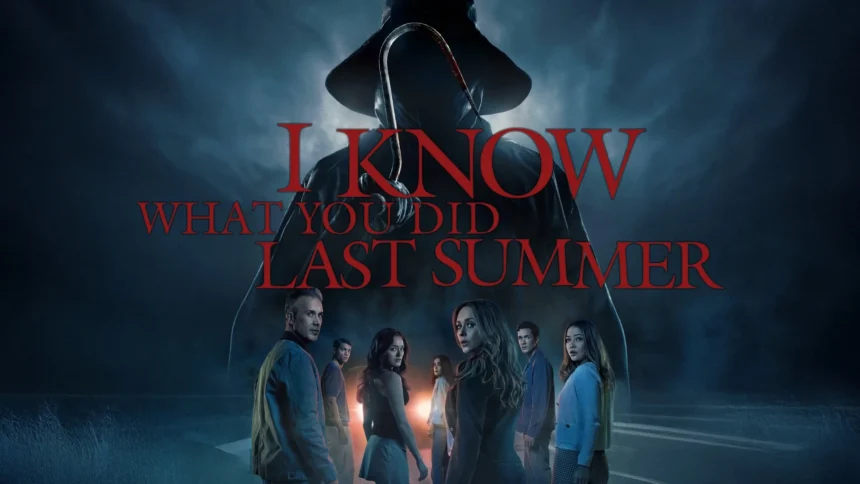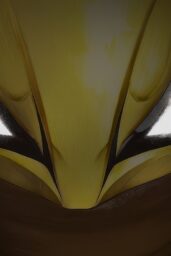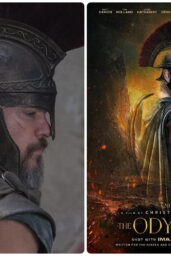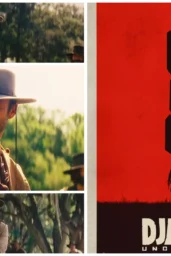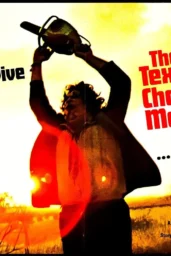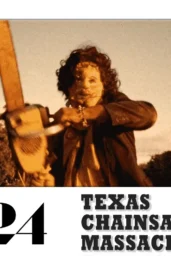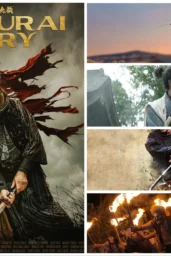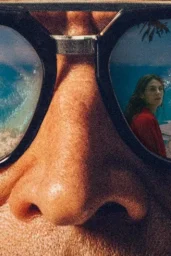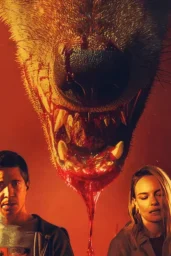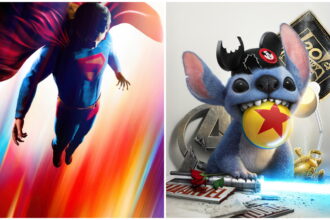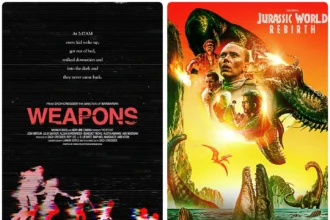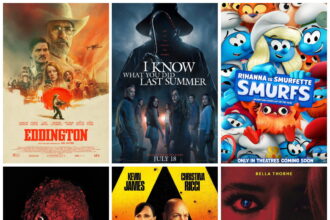Twenty-seven years. That's how long Ray Bronson carried the weight of Tower Bay—and apparently, that's exactly how long it takes for trauma to twist a good man into something unrecognizable.
The new I Know What You Did Last Summer, which hit theaters on July 18, 2025, delivers its most shocking revelation in the final act: Ray, played by returning original cast member Freddie Prinze Jr., has become one of the killers terrorizing a new generation of guilt-ridden friends. It's a narrative gut-punch that reframes everything we thought we knew about the franchise's most sympathetic character.
The twist works precisely because it doesn't feel like a twist at all—it feels like an inevitability we should have seen coming. Ray was always the one who tried to do right, the fisherman who got dragged into someone else's nightmare and spent two films trying to protect the people he loved. But what happens when protection becomes obsession? When survival guilt metastasizes into something darker?
When Heroes Break
During a recent conversation with ScreenRant, Prinze Jr. addressed the controversial character development with refreshing honesty. “I got excited before I even read the script at the opportunity to play a character like this—to play a broken man. I don't get to see that very often,” the actor explained. “When that reveal happens, some people will get mad—and I understand that, because they love Ray and who he was and what he represented to them. I get that. If you get upset, just know that I gave everything to this performance. I was excited to play this role, and to take that emotional damage home with me at the end of the day—which isn't fun.”
That emotional honesty translates directly into the performance. This isn't Ray as mustache-twirling villain—this is Ray as a man hollowed out by decades of unprocessed trauma, guilt, and the terrible knowledge that sometimes surviving isn't the same as living. The transformation feels earned because it's rooted in character history rather than manufactured for shock value.
The decision to corrupt Ray represents the kind of narrative risk-taking that most legacy sequels avoid. Instead of introducing a new killer to maintain the franchise's mythology intact, director Jennifer Kaytin Robinson and her team chose to interrogate what that mythology actually costs. What does it mean to be the “final girl's” boyfriend? What's the psychological toll of being the person who has to keep picking up the pieces?
The Franchise's Boldest Gambit
With a worldwide gross of $45 million since its release, the film has sparked intense debate among franchise fans—exactly what Robinson likely intended. This isn't the safe play of bringing back beloved characters for nostalgic fan service. This is storytelling that asks uncomfortable questions about trauma, time, and the stories we tell ourselves about who the “good guys” really are.
The reveal also serves the film's broader thematic concerns about cyclical violence and inherited guilt. Ray's transformation into the very thing he once fought against creates a disturbing parallel to the new generation of characters covering up their own deadly accident. The sins of the past literally become the monsters of the present.
What makes the twist particularly effective is how it recontextualizes Ray's absence from the 2021 Amazon Prime series. His distance from that story now reads less like scheduling conflicts and more like a man who was already walking down a darker path, isolated by trauma and consumed by thoughts of justice—or revenge.
Performance Under Pressure
Prinze Jr.'s commitment to the role elevates what could have been a cheap shock into something genuinely unsettling. He plays Ray's corruption not as a complete personality shift, but as the logical endpoint of someone who's been carrying too much weight for too long. There are moments where you can still see the old Ray underneath—the man who loved Julie James, who tried to do right—which makes his actions all the more tragic.
The performance required the actor to find the throughline between the Ray we knew and the Ray we discover, and he succeeds by playing the continuity rather than the contrast. This isn't Jekyll and Hyde—this is what happens when someone's moral center finally collapses under pressure.
Of course, not every fan will appreciate seeing their hero fall this far. Ray represented hope in the original films, the possibility that good people could survive horror movies and emerge intact. His corruption suggests that maybe no one emerges from trauma truly intact—a darker reading than many viewers signed up for.
But that's precisely what makes it worth discussing. The best horror sequels don't just repeat the scares—they evolve them, complicate them, and force us to reconsider what we thought we understood about the original story. Ray's transformation from protector to predator accomplishes exactly that, turning I Know What You Did Last Summer into something more than just another slasher revival.
Whether audiences embrace or reject this narrative choice, they won't forget it. And in an era of forgettable franchise extensions, that's perhaps the most valuable commodity of all.

